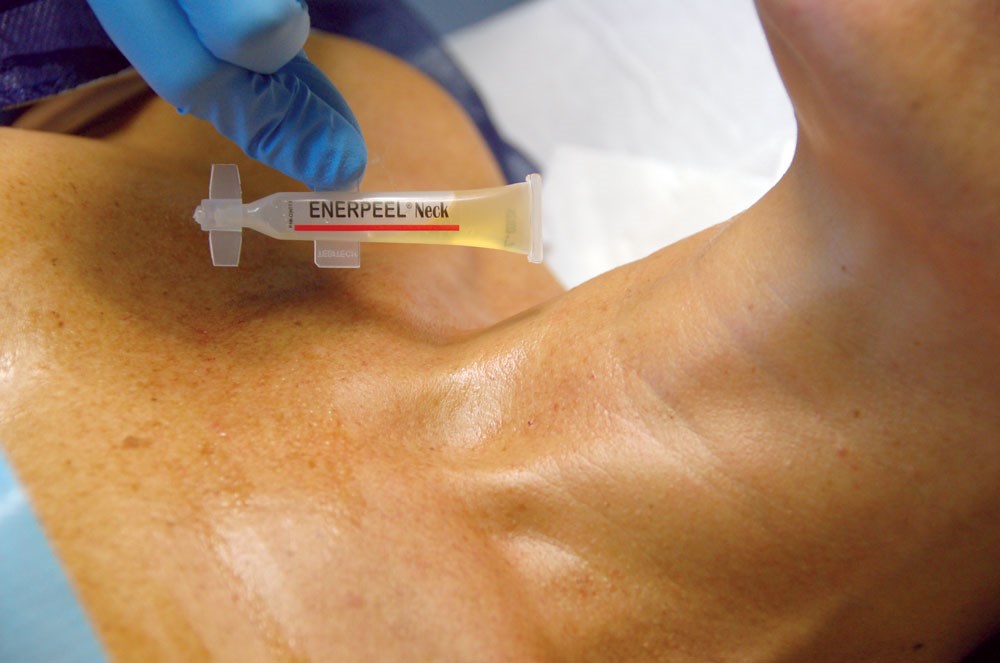In recent years aesthetic medicine and aesthetic surgery have been getting closer. This phenomenon is modifying our approach to patients: aesthetic medicine doctors have increased their range of treatments to include more aggressive methods, while aesthetic surgeons tend to choose less invasive procedures that still give very good results. A significant part of this change is related to patient / client expectations, with an increasing tendency to look for a ‘little and often’ approach rather than the conventional extensive surgical face lift that may last for a number of years.
‘Liquid face lifting’ is a combination of four simple, non-surgical procedures:
- Botulinum toxin injection
- Filler to lift and restore volume
- Skin peel: like PRX T33, Enerpeel Neck (Figure 1)
- Skin care.
Figure 1: Skin peel Enerpeel Neck.
1. Botulinum toxin injection
After an examination of the contour lines of the face, the kinetic lines and the skin coverage, the procedure starts with botulinum toxin, not just to treat horizontal lines on the forehead and vertical lines above the nose, but to get a release action on the ‘depressor muscles’ of the entire face (see Figure 2).
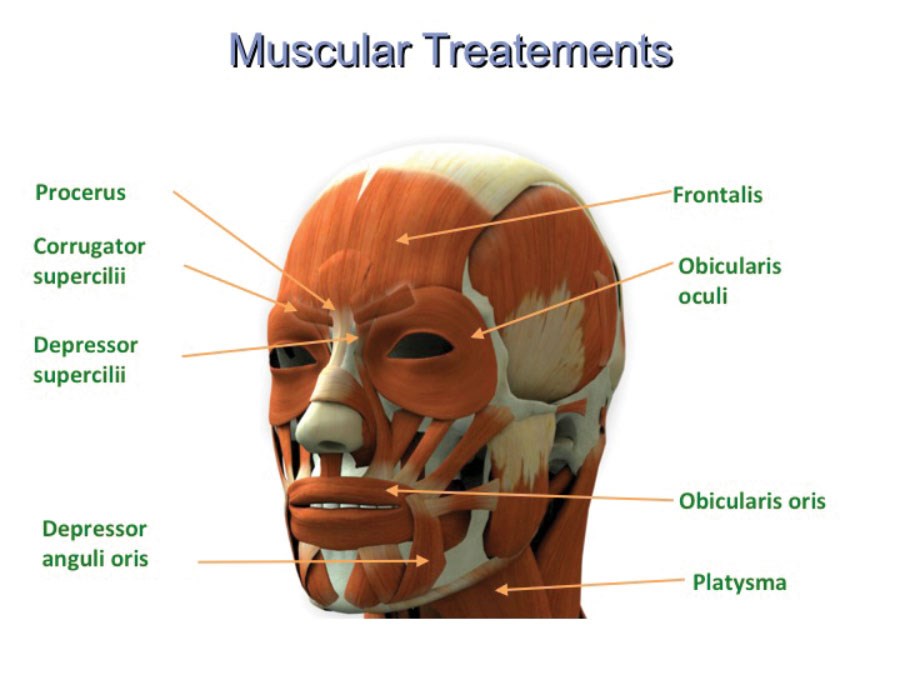
Figure 2: The depressor muscles of the upper third are marked in orange.
2. Filler to lift and restore volume
The second step takes place after two weeks. The use of fillers offers a versatile, non-surgical option for facial augmentation and contouring with a multitude of potential aesthetic applications. Although mainly used for volume, advanced fillers can also offer:
- skin tightening
- contour stable correction
- fixing point superficial / deep
- neoangiogenesis
- skin improvement.
The choice of filler, volume and placement will depend on the evaluation of the patient.
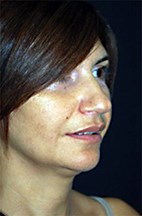

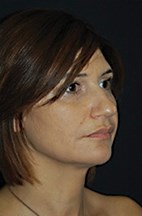
Figure 3: Jaw Line - the ’U’ deformity.
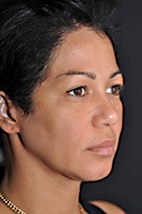
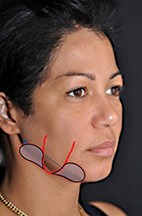
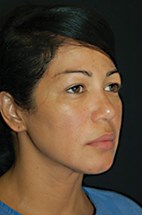
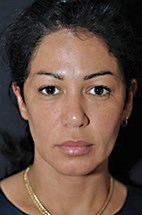
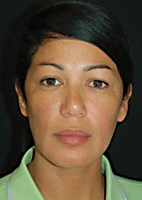
Figure 4: Before and after liquid face lift.
3. Skin peel
Chemical peeling is a technique used to improve the appearance of the skin that is typically performed on the face, neck or hands. During the treatment, a chemical solution is applied to the skin that causes it to ‘blister’ and eventually peel off. The new, regenerated skin is usually smoother and less wrinkled than the old skin.
4. Skin care products
Following the chemical peel, a formulation dedicated to obtaining a biostimulation should be used. It should have minimal impact on the skin surface and be able to start a new regenerative process into the dermis. This procedure improves the flaccidity and restores the skin’s tightening, mosturising and firmness.
Adequate skin care products should be applied for up to three months to boost and maintain the results, while constantly repairing solar damage and protecting the skin from further damage.
Effective skin care is one of the best ways to continue and to enhance the benefits of a liquid face lift treatment.
In conclusion
These procedures are simple and safe, they do not interrupt the patient’s normal social life or working activity, and the results are highly satisfying, even with a single application. They are also repeatable.
Declaration of competing interests: None declared.

